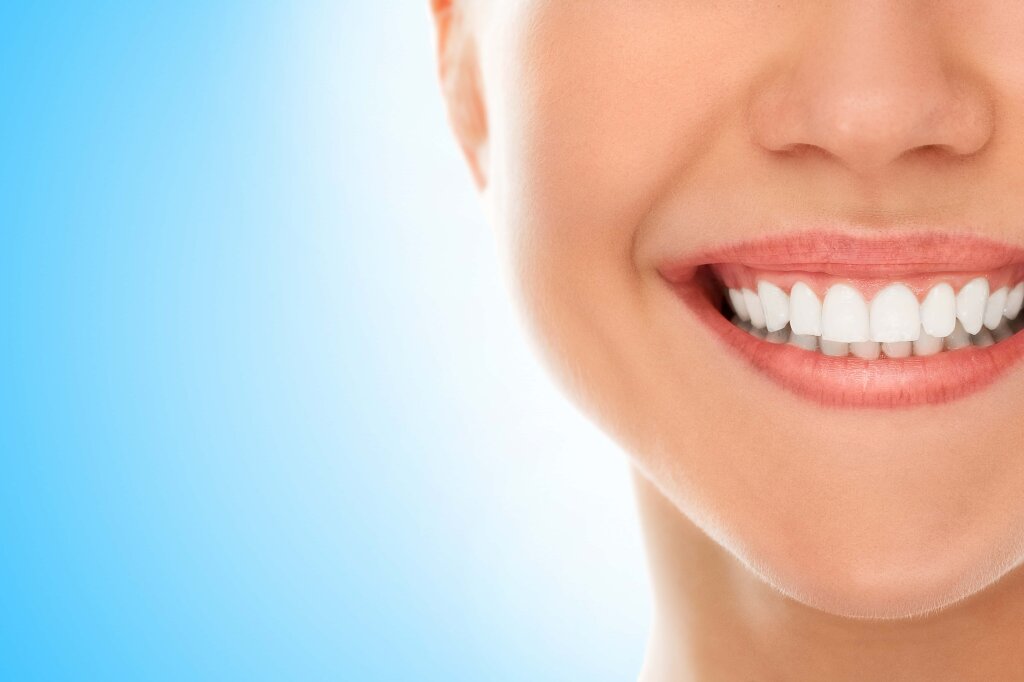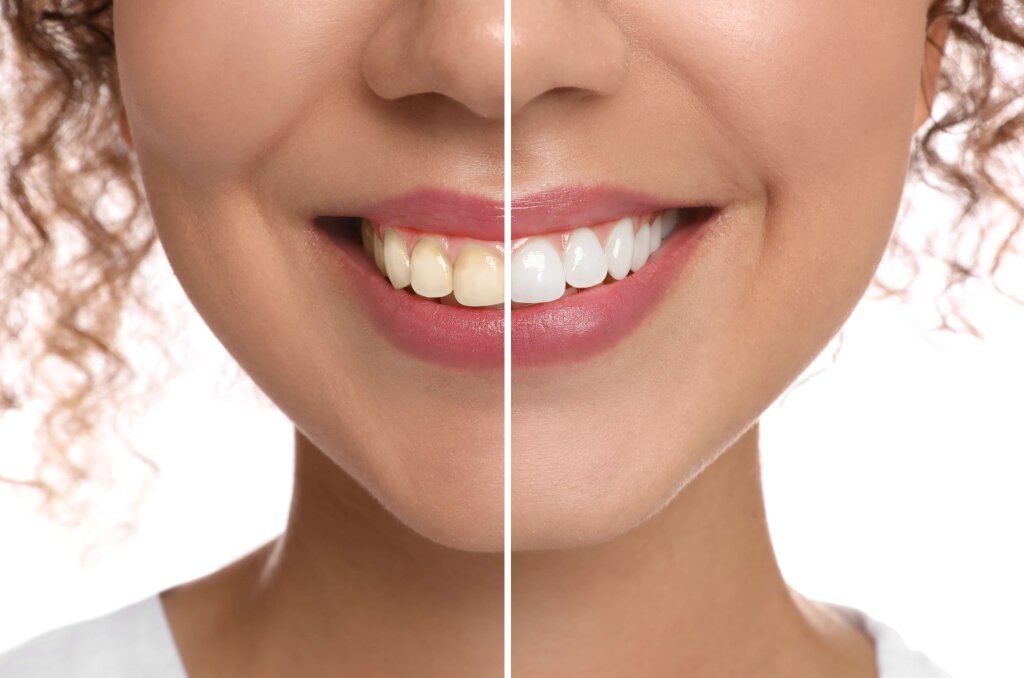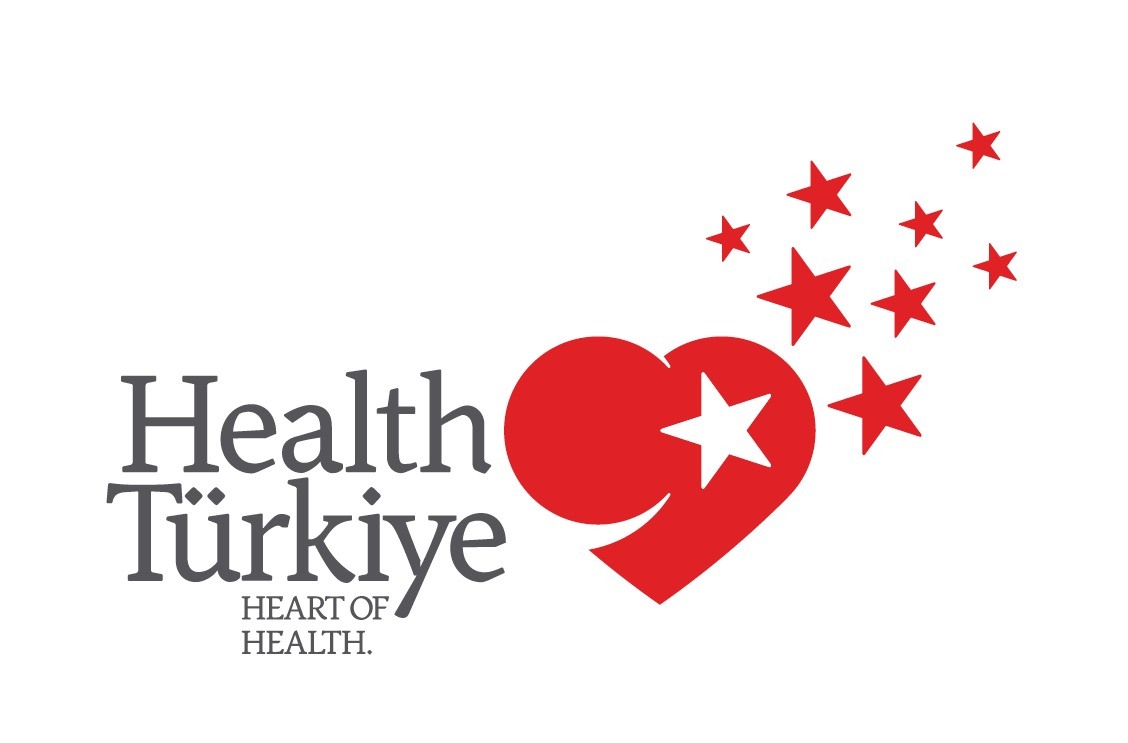Smile design is one of the most important areas of aesthetic dentistry. This process aims to achieve the most natural and aesthetic appearance by considering various factors such as the individual's facial shape, dental structure, and oral health. However, since each person has different facial features and dental structures, personalized approaches in smile design are of great importance. These approaches, which offer tailored aesthetic solutions, not only provide an aesthetic smile but also boost your confidence.
What is Smile Design?
Smile design is the process of reshaping teeth in accordance with the individual's facial features, dental structure, and aesthetic expectations. During this process, factors such as the color, size, shape, and alignment of the teeth are considered. Smile design is not limited to dental aesthetics; factors such as gum health, jaw structure, and lip shape are also taken into account.
The goal of smile design is to create the most suitable smile for the person's face and personality. This means achieving a result that is both aesthetically pleasing and functionally healthy. Through personalized approaches, the ideal smile design can be created for each individual.
Personalized Approaches in Smile Design
Design According to Facial Shape: The first step in smile design is analyzing the individual's facial shape. Different smile design techniques are used for individuals with oval, square, round, or long facial shapes. For example, increasing the size of the teeth for someone with a long face can make the face appear more balanced. This personalized approach is critical to achieving the most suitable smile for the individual's facial features.
Natural Structure and Color of Teeth: In smile design, the natural structure and color of the teeth also play an important role. The color of the teeth should match the person's skin tone, eye color, and even hair color. Additionally, the shape and size of the teeth should be reshaped in a way that suits the natural tooth structure. This is necessary to create a smile that is aesthetically natural and harmonious.
Gum Aesthetics: Gum health and aesthetics are factors that should not be overlooked in smile design. Symmetrical and healthy-looking gums are critical for overall smile aesthetics. If the gums appear too much, aesthetic procedures that contour the gum line can be applied. This personalized approach significantly improves the overall aesthetics of the smile.
Lip and Jaw Structure: In smile design, the lip and jaw structure are also considered. Factors such as the fullness of the lips, how much of the teeth are visible, and the harmony between the jaw structure and the teeth affect the overall aesthetics of the smile. Therefore, aesthetic solutions suitable for the lip and jaw structure are developed in smile design. For example, in cases where the lips are very thin, aesthetic procedures such as lip fillers can be applied to achieve a more balanced smile.
The Smile Design Process
The smile design process generally consists of several steps, and each step is planned specifically for the individual:
Examination and Evaluation: The first step is a detailed examination by the dentist. During this examination, the condition of the teeth, gums, jaw structure, and facial features are evaluated. At the same time, the individual's aesthetic expectations and desires are also taken into consideration.
Digital Design and Planning: In the smile design process, digital technologies play a significant role. Your dentist scans your oral and dental structure in 3D and creates a smile design digitally using these images. At this stage, the new shape, size, and color of the teeth are determined. Additionally, digital planning offers the opportunity to preview how the design will look.
Treatment Planning and Application: Once the digital design is approved, the treatment process begins. This process may vary depending on the individual's needs. For example, procedures such as teeth whitening, zirconium crowns, and gum aesthetics may be applied. The treatment duration varies depending on the procedures to be performed, but all procedures are carried out in line with the individual's aesthetic goals.
Final Checks and Adjustments: After the smile design is completed, final checks are made. During these checks, it is evaluated whether the design has achieved the desired results, and minor adjustments are made if necessary. At this stage, patient satisfaction is prioritized.
Benefits of Smile Design
Smile design is not just an aesthetic intervention but also a process that improves overall oral health. Here are some of the benefits of smile design:
Boosts Confidence: Smile design, which offers personalized aesthetic solutions, boosts the individual's confidence. A beautiful smile makes you feel more comfortable and happy in social life.
Improves Oral Health: During the smile design process, procedures are also applied to improve the health of the teeth and gums. Thus, not only an aesthetic but also a healthy oral structure is achieved.
Provides Long-lasting Results: Personalized smile design offers long-lasting and permanent results. With proper care, these aesthetic solutions maintain their effect for many years.
Personalized approaches in smile design offer aesthetic solutions that suit each individual's facial features and dental structure. Thus, a natural and aesthetic smile is achieved while maintaining oral health. If you want to boost your confidence with tailored aesthetic solutions, it's time to get acquainted with smile design!






